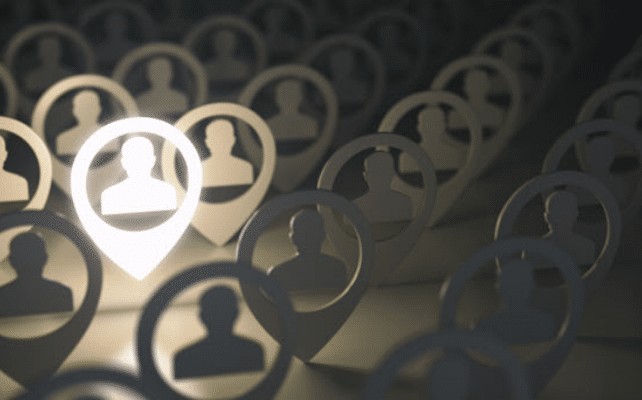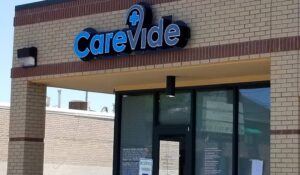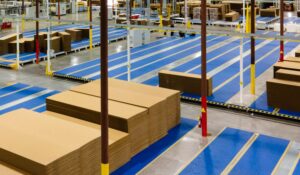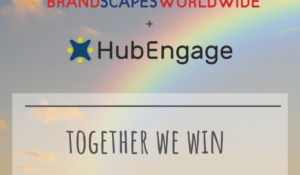For some time now, big data collection has been a simple fact of modern life. Virtually every move you make is somehow noted, from the apps you use and the sites, you visit the emails you open to the products you buy and, of course, to the card you use to buy them. By collecting and analyzing data, companies across the marketplace have learned to better understand their customers and improve their processes.
The world of human resources (HR) is no different. HR professionals in just about every segment of the economy use any number of tools and platforms to collect data, hoping for better understanding, engaging, and steering their workforces toward greater job satisfaction, higher productivity, and better retention.
Traditionally, HR has always collected some data on their employees—recruiting profiles, performance reviews, popular vacation times, and organization feedback, to name a few. But there has been little analysis of all that data. In most cases when data is analyzed, it’s done in such an ad-hoc fashion, it leads to the wrong perceptions.
In this post, you’ll find a discussion covering three key points:
- How most HR operations fail to manage their big data
- What benefits they could enjoy with a different approach
- One such approach designed specifically for businesses with mobile workforces
Failing to Make the Most of Data
Despite access to so many available tools (Yammer and Microsoft SharePoint, among others), HR teams are failing to make the most of the data they collect for three big reasons:
- Multiple platforms: Organizations today have several platforms—a CMS for content delivery, as well as distinct platforms for surveys, communication, brand advocacy, and so on. Most of them don’t integrate. So, managing all these tools and tabulating the data they collect requires a lot of time and money.
- Cleaning and organizing data: In most HR platforms, you need to have analysts or associates who can massage data to make sense of it. The more platforms you’re using, the harder it is to sort and organize all the data you’re collecting.
- Understanding the data: Big data is actually a lot of data. Even after cleaning and organizing it, you need to understand it to get meaningful answers to your questions.
Mastering the Data Can Change the Game
HR professionals are typically not data scientists–and aren’t expected to be. Presenting big data with context, including simple graphics, helps managers and employees to understand patterns easily and address them quickly. Properly presenting data could warrant an entire blog of its own. Luckily, we’ve discussed this topic in a recent post. See how employee metrics can be presented in a way that’s easy for HR to understand.
Properly managed big data can help HR in important ways:
- Deep insights about the organization and its people: With big data sliced and diced properly, HR can gain a better understanding of the state of the organization. For example, they can determine which employees are highly engaged and how knowledgeable they are about your company’s vision, mission, policies, and products. By analyzing trends, HR can predict the direction of the organization and make tweaks sooner to address problems. It’s worth noting, though, that HR doesn’t always get employee analytics data right.
- Increase employee productivity: With access to information and tools and driven by incentives, employees can dramatically improve their productivity. Increased productivity leads to higher employee satisfaction, which further leads to heightened loyalty and retention.
- Identify brand advocates and increase retention: Data analysis can help identify brand advocates within your company. Rewarding brand advocates, in turn, creates an effective internal marketing channel, and more positive employee feedback helps with new talent acquisition. Similarly, predictive analytics can identify trends of lower employee engagement. This data can drive HR to address problems early, thus increasing retention.
To achieve these goals, HR should deploy the right employee engagement software platform that can not only collect but also analyze big data most effectively.
Avoiding Analysis Paralysis: Snapshot Analytics
There’s an old adage, “If you dig, you’ll find.” This is particularly true in large, complex organizations that serve multiple demographics. But you don’t want to have to dig—and it’s not necessary. Being able to see the big picture quickly is a key must-have [tweet this] for anyone running an organization. You don’t have time to sift through an endless list of data sets to find the most important action points.
You’d much rather have a clarifying 30,000-foot view, right?
One big reason we’d rather not get knee-deep in the data is paralysis by analysis [tweet this]. Yes, it’s important to have a powerful analytics package that complements your marketing strategy and tactical plan. Strong analytics help you be a smarter, more action-oriented leader. And, yes, there are several analytics dashboards out there, the most popular being Google Analytics.
But what are you doing with that data? Are you using it automatically to re-target and create more engaging experiences? You could be.
Analytics is just one slice of the pie when you use advanced frameworks such as CoIL Marketing. CoIL Marketing reports data in an analytics dashboard that is fast and easy to understand. You can gain insights instantly, at any time. But it doesn’t stop there. The framework churns big data through algorithms that can effectively re-target your users. As users adopt desired behavior changes, you can adapt your marketing accordingly and send users messaging that encourages the next desired behavior. You can even seed the engine with data you may already have to provide relevancy right out of the gate.
Moving from Someday to Here and Now
Employee engagement software platforms have algorithms to help us achieve a set of stated objectives. But because there are so many platforms out there, it’s important to note that the quality of the output is only as good as the algorithm used to analyze the data. If the algorithm does not analyze data dynamically and instantly, you may not be able to act in time to address a specific situation.
The key is to pick the right platform that automates the algorithm to achieve your objectives, even as they evolve. Ideally, that platform is accessible on mobile devices, allowing your mobile workforce to fully benefit from what the tool offers.
Advanced algorithms and automation may sound like science fiction. Actually, you can see it in action today. Closed-loop, integrated frameworks such as CoIL Engagement have helpful algorithms that allow you to easily adjust parameters to meet your insight needs. Contact us to learn how.














